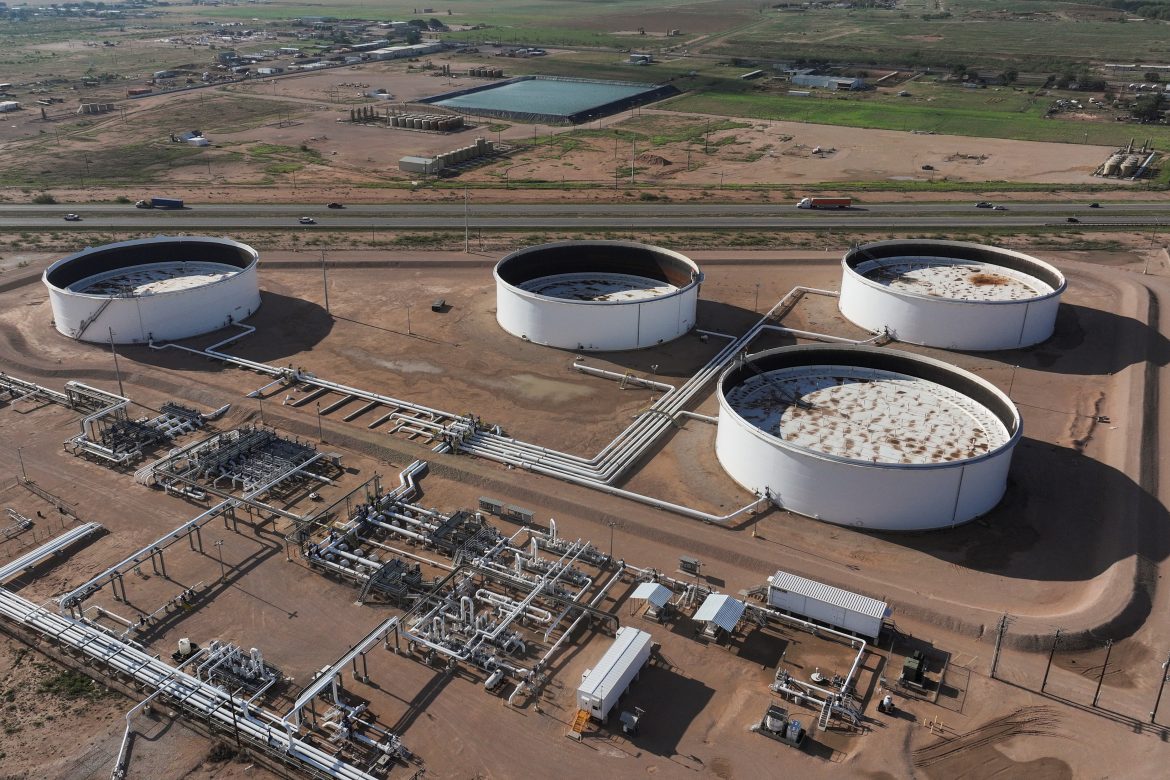Brent crude oil prices stayed close to $66 per barrel on Monday, continuing the sharp fall recorded last week. The drop in price followed fresh news that United States President Donald Trump and Russian President Vladimir Putin are expected to meet in Alaska this Friday. The planned meeting has sparked strong reactions in global oil markets, as traders see it as a possible step towards easing the ongoing conflict in Ukraine.
Many market analysts believe that if the talks lead to progress in ending the conflict, it could also pave the way for lifting sanctions on Russian oil exports. Such a move would allow more Russian crude into global markets, increasing supply at a time when prices are already under pressure.
Brent crude has now lost about 4.4% in just one week and has fallen by 10% since the start of the year. The drop comes as members of the Organisation of Petroleum Exporting Countries and their allies (OPEC+) have been pumping more oil into the market than originally planned. These higher production levels are reversing earlier output cuts that were designed to support prices during the post-pandemic recovery period.
At the same time, slowing global economic growth is weakening demand for oil. Major economies, including China, have reported slower manufacturing activity, while Europe faces sluggish energy consumption. If sanctions on Russian oil are lifted after the US-Russia meeting, traders warn that a significant wave of new supply could hit the market, adding to fears of oversupply in the second half of the year.
For consumers around the world, including in African nations like Ghana and Nigeria, falling crude prices could bring some relief at fuel stations. Lower oil prices generally lead to reduced pump prices, provided that exchange rates remain stable and there are no new fuel tax increases. In Ghana, for example, analysts note that a cheaper Brent price could help slow recent fuel price hikes, which have been driven partly by a weak cedi and rising transport costs.
However, energy experts are also warning that this potential relief might not be felt immediately or evenly. A weaker local currency against the US dollar can wipe out the benefits of cheaper crude, since oil imports are priced in dollars. Additionally, rising costs for shipping crude and refining petroleum products could offset some of the expected savings. This means that while global prices may drop, motorists may still face high pump prices in countries with unstable exchange rates or high import costs.
All attention is now on the Alaska summit between Trump and Putin. The meeting is seen as high-stakes diplomacy that could reshape not only the future of the Ukraine conflict but also global oil markets. If the talks lead to a truce or a deal that eases sanctions, the oil market could see major changes in supply flows. On the other hand, if no agreement is reached, oil prices could recover some losses, as traders adjust their bets.
For now, the market appears to be positioning itself for a breakthrough. The possibility of sanctions being lifted is a major factor in why prices have dropped so sharply in recent days. Both political watchers and energy traders will be closely monitoring Friday’s outcome, as it could have lasting effects on global fuel prices, currency stability, and energy policy.
